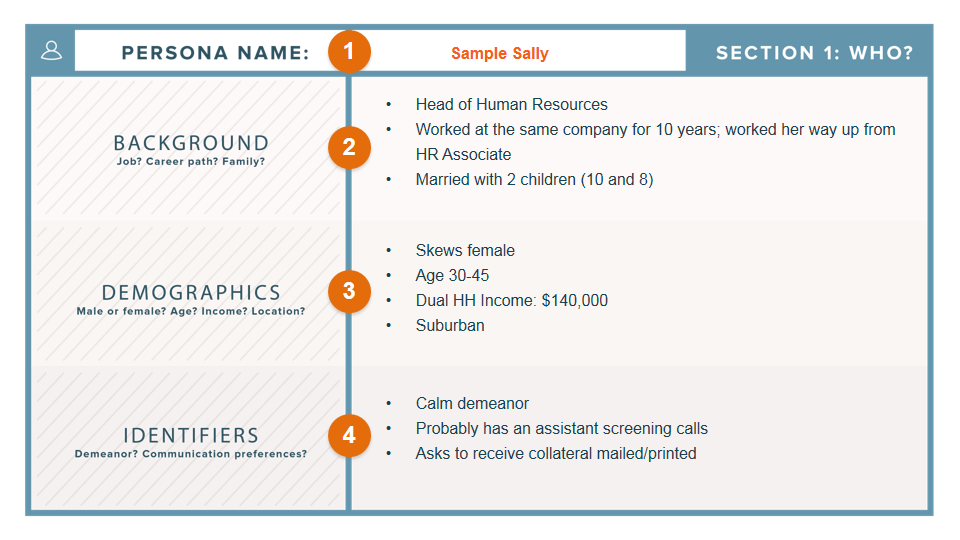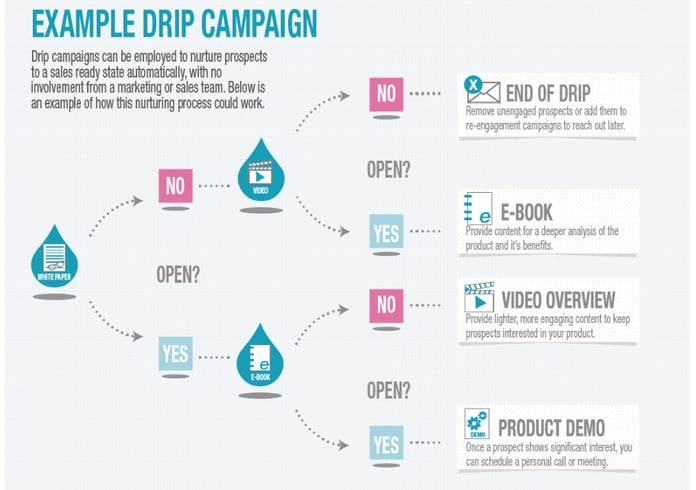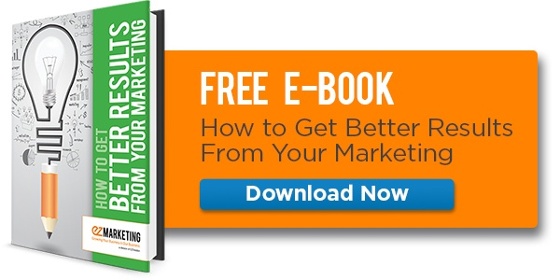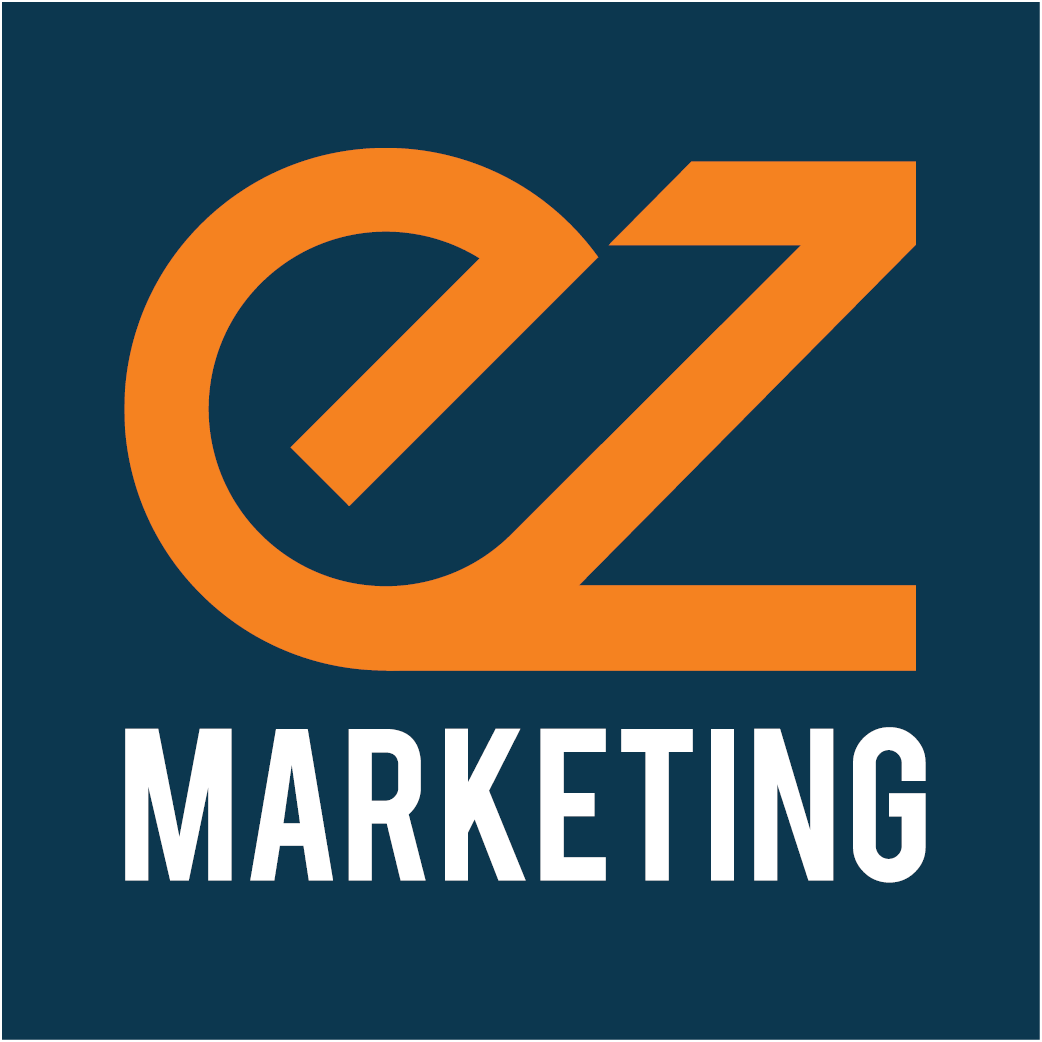“Inbound” has become a bit of a buzzword in the world of marketing lately - so much so that many business owners, CEOs, and marketing managers are beginning to abandon their old ways, choosing to market their business with inbound strategies instead.
They’re catching on to the fact that outdated "interruption marketing" strategies like cold-calling and impersonal spam emails simply don’t work. Inbound marketing is all about attracting visitors with strategies tailored to their individual needs, rather than going out into the market and begging for their attention.
Savvy marketers know that a customer who is earned, rather than forced, is more likely to convert. Even better, they’re more likely to become a long-term account than someone who wasn’t the right fit for your products or services from the start.
Regardless of your niche, every business can adapt at least a few inbound marketing strategies to meet their needs. And when you do, you’ll understand what the inbound buzz is about.
1. Creation of marketing plans
Every inbound strategy is basically the same – attract leads, turn them into qualified accounts, close the deal, and keep them coming back for more.
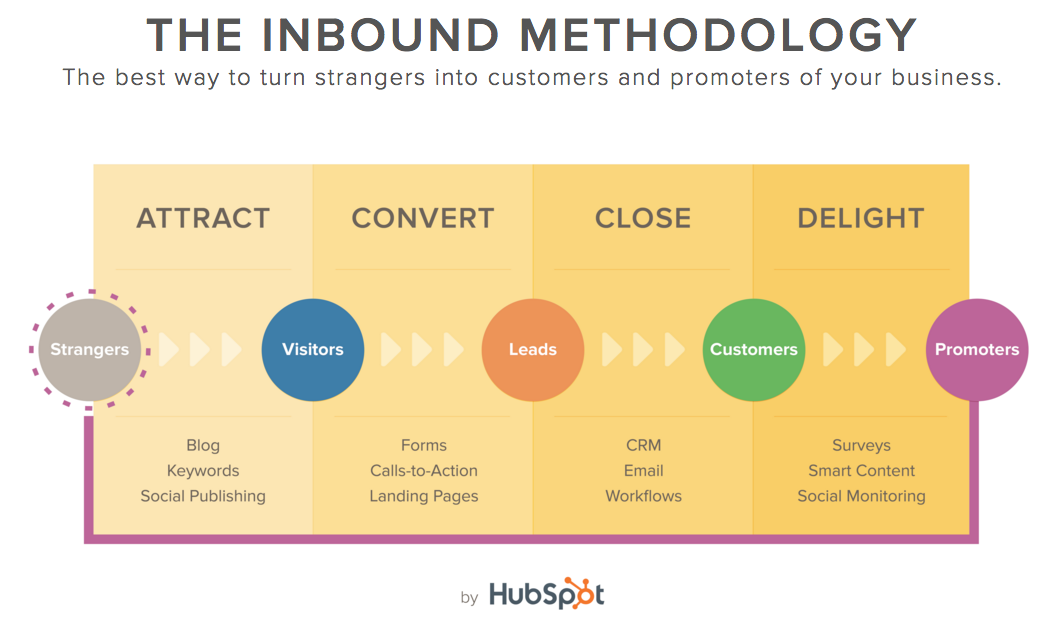
The mistake that many marketers make is jumping right into the Attraction phase, without knowing who their customer really is. Inbound marketing’s biggest strength is the personalization behind every single strategy. Regardless of whether it’s a seemingly insignificant social post or a complex, time-intensive whitepaper, every strategy must be perfect tailored to the intended audience. The scope of the project is relatively insignificant here – what really matters is the targeting.
For your strategy to be perfectly targeted, understanding your buyer persona in relation to your marketing plan is the first thing you need to do. When you don’t have a definitive plan that clearly outlines your business goals and how they relate to your ideal customer, your strategy is bound to fail.
The most effective inbound marketing plan calls for a clear definition of your target customer, or buyer persona. Everything you do from then on depends on your buyer personas. Well-researched buyer personas tell you not only what content you should create, but where it should be placed, on what networks to advertise, how to position yourself, and even what language to use.
Without a marketing plan that ties goals to buyer personas, any strategies you use will be a shot in the dark. Conversions happen when your content is aligned with the right audience. Aside from creating necessary buyer personas, things like market research, data analysis, and deep discovery help create a strong foundation for your marketing plan.
When you’re armed with the right data and buyer personas, you can better leverage any other marketing strategy you want to use.
2. Emphasis on content marketing
We’ve already mentioned content quite a few times by now. That’s because without content, you don’t really have an inbound marketing strategy – or any marketing strategy for that matter. The new age of marketing is all about proving your worth by using content to educate, engage, and ultimately encourage the lead to become a customer.
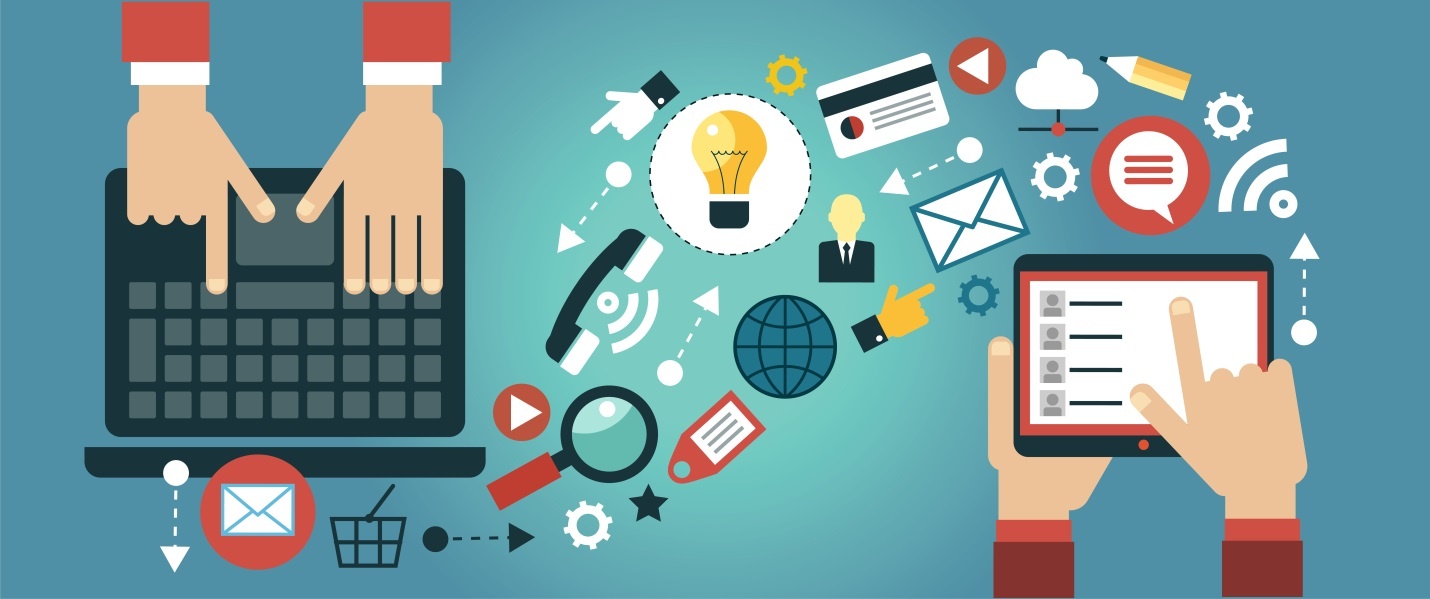
Content can be anything from the 140 words your tweet out to your followers on a daily basis to the 1,000-word blog post you carefully curated to help solve a problem your potential customer might have. Inbound marketing stresses the importance of content because without it, you’re left with very few ways to prove you’re valuable to potential customers.
But can content really provide that much value? According to Curata, 95% of buyers consider vendor-related content as trustworthy. This means that the whitepapers, eBooks, blog posts, and even Facebook updates your company puts out increases your trustworthiness among your potential customers. And when people trust you, they want to buy from you.
Even other non-vendor related content like informational blogs or educational infographics create trust. This happens when the content becomes highly useful to the reader, or even helps to answer a question or solve a problem they have. Gaining the customer’s trust well before your services are even introduced sets you up for long-term success more than anything else can – all thanks to good content.
3. Running email campaigns
The final big inbound marketing strategy every marketer should be using is a good email campaign. You may recall a few years back when marketers were claiming that email was dead. Just like snail mail, people were calling email out as the next biggest waste of marketing dollars. They claimed there was very little return for all of the effort you’d need to put into running a campaign.
While email open rates and click-through greatly depend on your given industry, they are rarely above 25% and 6% respectively. In the past, marketers have looked at these numbers as proof that their time and money is better spent elsewhere.
Despite lower engagement metrics than other strategies, an email marketing 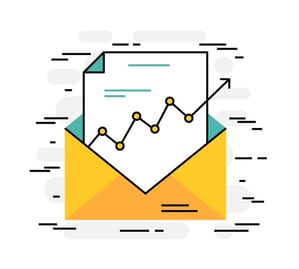 campaign is arguably the best way to nurture your leads. How else are you going to deliver on offers leads may have shown interest in and signed-up to receive? Email campaigns go far beyond delivering an offer, though. They can help turn leads into customers, than eventually nurture that relationship into a lasting one.
campaign is arguably the best way to nurture your leads. How else are you going to deliver on offers leads may have shown interest in and signed-up to receive? Email campaigns go far beyond delivering an offer, though. They can help turn leads into customers, than eventually nurture that relationship into a lasting one.
A drip email campaign is the perfect way to align the goals and objective in your marketing plan with the content you created, presenting it to your ideal user at just the right time. You can deliver on a promised offer like an eBook or whitepaper download. Then once you have that person’s email, they can be shifted into an entirely new email campaign aimed at getting them closer to a bigger conversion.
These new campaign are often referred to as “drip” campaigns – as they work to create multiple touch-points, getting you in front of the right customer at the right time in their buying journey. Drip campaigns cans are used to nurture the lead, moving them further down the sales funnel and closer to a conversion. You can use these to send leads informational content like an eBook, then later an offer for a free demo when you know they’re closer to being ready to buy.
Email is also effective for forging a bond between your company and an existing client. Have someone that recently purchased a specific product? Create a return customer email campaign to send discount codes and coupons personalized to past purchases. From the first interaction after signing up for an offer to regular interactions to encourage a return purchase, an email campaign helps take your lead full circle.
These are just a few inbound strategies that can boost your marketing strategies to the next level. Inbound marketing revolves around the customer, earning their attention and giving them valuable information through their entire buyer’s journey. Instead of aiming and missing, take the time to target your marketing to right customer at the right time, and the conversions will follow.
Talk to our marketing agency in Lancaster, PA if you're looking to boost your inbound marketing.
